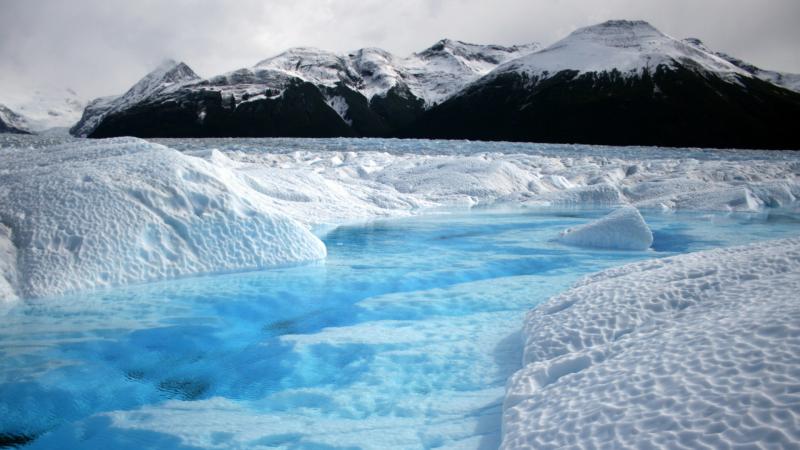
Researchers from Indian Institute of Technology Bombay (IITB), Mumbai and Indian Institute of Technology Indore (IITI), Indore have developed a novel technique to measure the ice thickness of inaccessible and data scarce glaciers.
Glaciers are slowly moving blocks of dense ice, and form the largest reservoir of fresh water on earth. Recently, news of glaciers melting all around the planet due to rising temperatures has given rise to fears of rising sea levels and floods. Countries are also trying to utilize the fresh water reservoir for their fresh water needs. The drought ridden South African town of Cape Town had suggestions to tow a glacier to town to satisfy the water needs. With glaciers playing such an important role with the geology of the planet and our basic resources, they have been an important topic of study for a long time. However, many glaciers, like the Chhota Shigri Glacier in the Himalayas, are quite inaccessible by conventional routes, leaving a gaping hole in the amount if data available about these places. To overcome this, scientist use computer models to estimate parameters like ice-thickness of such glaciers.
“Estimation of glacier ice-thickness distribution is important for many glacio-hydrological applications such as runoff projections, glacial lake outburst flood (GLOF) predictions, and future evolution of glaciers” explain the authors.
For their study, the researchers studied the ice-thickness distribution and total ice volume of the Chhota Shigri glacier. They used Glacier Bed Topography model version 2 (GlabTop 2), to generate the computer model of the glacier.
The challenge arises while selecting the input parameters, like shape factor, for the model. Shape factor is a non-measurable quantity, compensating for unaccounted effects such as valley shape, and needs to be calibrated using field measurements of ice-thickness. As field measurements of the Chhota Shigri Glacier weren’t viable, the researcher developed a novel approach to estimate the optimal shape factor for the glacier. Their technique utilizes relationship between shape factor, glacier cross-sectional width, and ice-thickness at the centre of a cross-section, to arrive at an optimal shape factor. Comparing their technique to a previous study, the new method showed a reduction of the error bounds of the ice-thickness measurements, indicating an improvement in the accuracy of the model.
The study has also revealed just improving the shape factor estimates or the resolution of Digital Elevation Model (DEM); a computer generated topography model, individually does not improve ice-thickness measurements.
Talking about the importance of their study, the researchers conclude saying “based on the obtained results, it can be said that the GlabTop2 model combined with the proposed parameterization approach has enormous potential to be applied over the wide range of data scarce Himalayan glaciers to quantify reliable ice-thickness estimates”.





